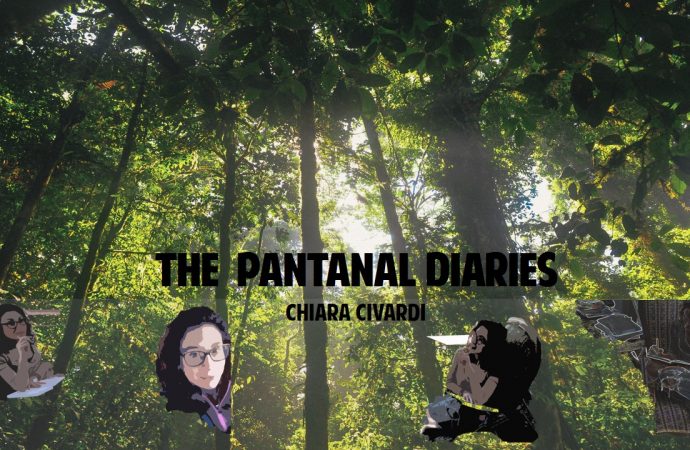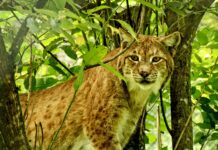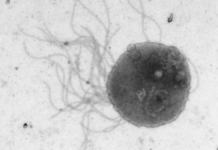Language’s barriers in the field
It is somewhat ironic that, close to the end of my journey through Brazil’s Pantanal region, I have become the community’s official Portuguese-English translator. People from Taboco used to call me ‘the American’, before the arrival of an American group from Chatham University. But when your proficiency in Portuguese is barely above ‘survival’ level, fieldwork activities turn into a peculiar experience: you end up listening to the locals speaking to you in Brazilian Portuguese, replying in Italian, then discussing the meaning of each other’s sentences until both parties reach an agreement before finally translating into English.
During my last days as a WCS volunteer, I emerged into a different kind of fieldwork: no archaeology or community outreach, but plenty of practical activities and human interaction. I dove into agriculture, working with the locals to plant trees and section a farm in order to promote rotational grazing.
Sustainable farming: happy soil and happy cows
What is the importance of agriculture for wildlife conservation? Are they total strangers, or just plain enemies? Is it possible to reach a compromise that makes both farmers and conservationists happy, as with our Portuguese / Italian discussions?
The way to go, of course, is to find some common ground; this is not as easy as it seems, however. Let me explain. Let’s say you’ve mastered your skills in baking triple chocolate cupcakes and you have a gut feeling when the dough seems just right. The recipe always works out fine, until the day a friend suggests that you add more flour. Most likely, you’ll be reluctant to change your original recipe. But let’s say you follow your friend’s advice, despite being skeptical of the outcome, and the cupcakes turn out to be even yummier. It’s the same principal in farming, with less flour and more cows.
The WCS (the Wildlife Conservation Society) wants to engage farmers to change the way they use their land. Some of them have kept the same agricultural routine for years, perhaps even decades. And if the routines work, why would they do anything differently? The answer is simple: by shifting from traditional pastoral practices to agroforestry land management (where trees are incorporated into the farming system), farmers can help the local flora and fauna. This means happy trees, happy soil, and eventually happy cows. Seems like a win-win situation, no?
How was this agroforestry land management actually translated into the field? We planted seeds from native species and sectioned off a farm area, allowing farmers to control where their cows roam. In this way, cows don’t have access to all the vegetation available, but rather eat what’s available in one spot before being moved on to another section. The grass in the first quadrant thus grows anew without any interference, and farmers avoid over-exploiting the land.
Ready to leave?
Believe it or not, farm sectioning felt like doing archaeological work in the English tidal zone. In fact, when a cold front reached Taboco – cold wind, heavy showers, muddy fields, and soggy clothes – it added a nice touch to the tropical fieldwork. Despite the difficult weather conditions, everyone (or at least the majority of people) enjoyed the experience, and laughs and smiles have been a constant in these last days.
That was exactly how I left the Instituto Quinta do Sol, Taboco, and indeed Brazil: with dirt on my clothes, a big smile and a “it’s not a tear, it’s a raindrop” on my face. After all, that’s what Brazil’s saudade is all about, isn’t it?
Want to know more about the WCS and Chiara’s trip to Brazil? Read part I, II and III.
References:
Barros, E., Pashanasi, B., Constantino, R., & Lavelle, P. (2002). Effects of land-use system on the soil macrofauna in western Brazilian Amazonia Biology and Fertility of Soils, 35 (5), 338-347 DOI: 10.1007/s00374-002-0479-z





